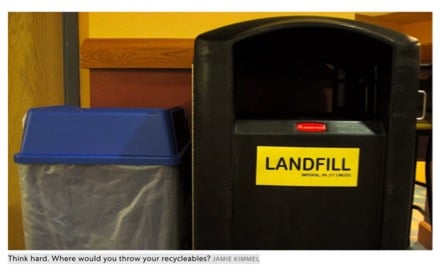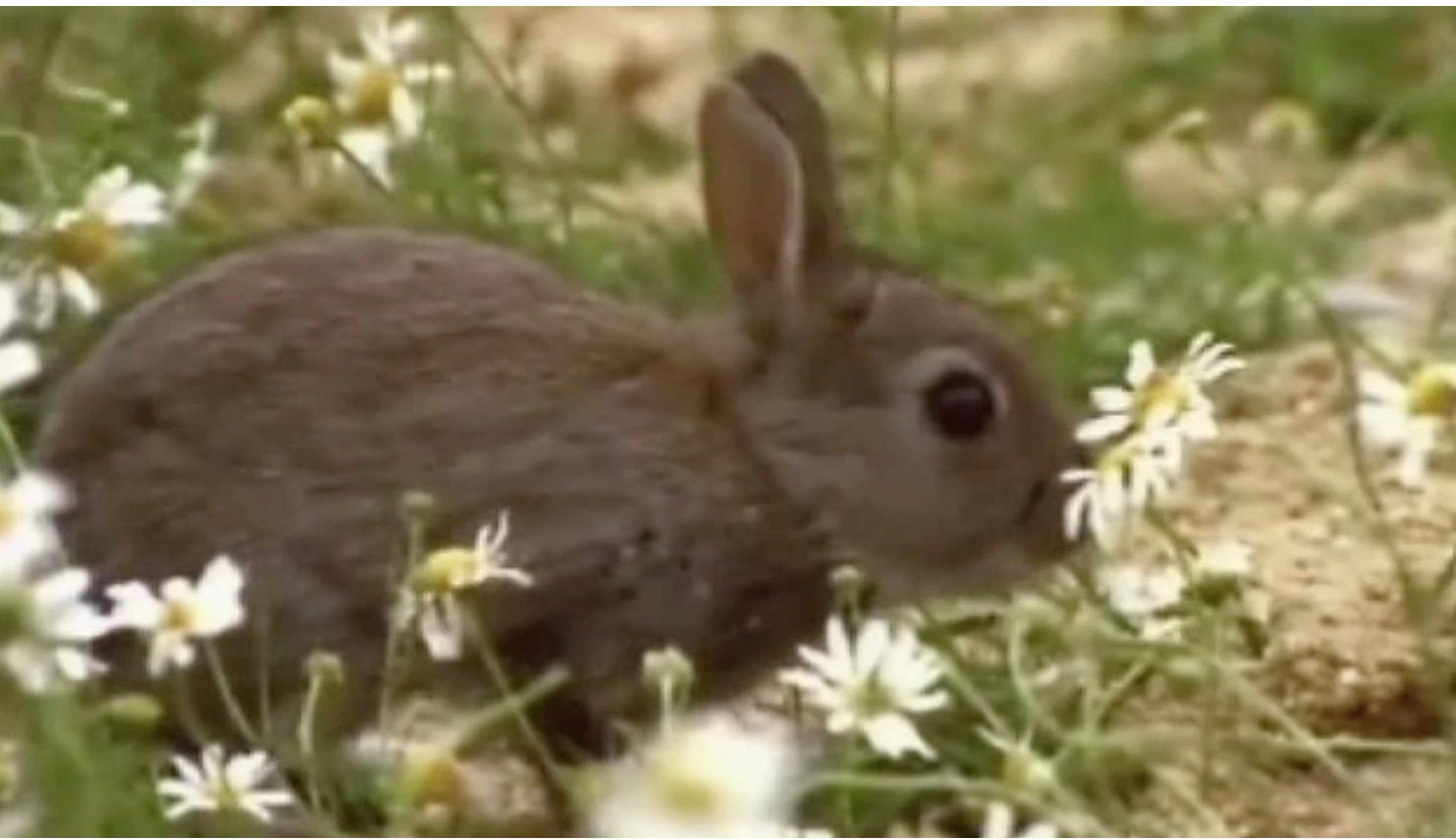Year of the Rabbit
In this chapter we demonstrated how the applications of behavioural science can be brought to life with a series of playful experiments ‘Eating like Rabbits,’ ‘Speedy like rabbits,’ ‘Bouncing like rabbits,’ and ‘Copulating like rabbits’.
Bring your point proof to life, and use video and pictures to capture people’s imagination. Don’t blind them with science with a lengthy document, get them to a place where they can appreciate the applications of behavioural science and relate it to their own lives.
MUST WATCH !
Watch this hilarious video of the #ogilvychange launch, created by the Ogilvy Advertising creatives, based on a 1970s BBC Educational programme and Rory's RP voiceover.
Local Proof Points
We saw how important it is to always start with a local proof point, as this is when people start to understand the wide range of applications and merits. For example, get more people recycling in your office by relabelling the general waste bin ‘landfill.’ And that’s exactly what Golden Gate disposal did with remarkable results.

https://www.fastcompany.com/1678836/u-of-recycling-creative-signage-gives-a-nudge
Or use lids
https://apolitical.co/solution_article/behavioural-science-decrease-litter-philadelphia/
Or make it fun
https://www.youtube.com/watch?v=zSiHjMU-MUo
Or go the whole hog!
https://www.cnbc.com/2018/07/13/how-san-francisco-became-a-global-leader-in-waste-management.html
Bring your stories to life
Then bring your point proof to life – use video and pictures to capture people’s imagination. Don’t blind them with science with a lengthy document, get them to a place where they can appreciate the applications of behavioural science and relate it to their own lives.

Photo by Jakob Owens on Unsplash
Here's a simple guide to creating your own short films using your phone or tablet.
https://blog.storyblocks.com/video-tutorials/getting-started-imovie/
When running an experiment, don’t forget to minimise deception to avoid losing trust – limit your duplicity to times when it’s truly necessary to avoid your colleagues growing wary of your motives.
And to get you thinking for later chapters, here's a great resource which gives the basics of experimental design.

